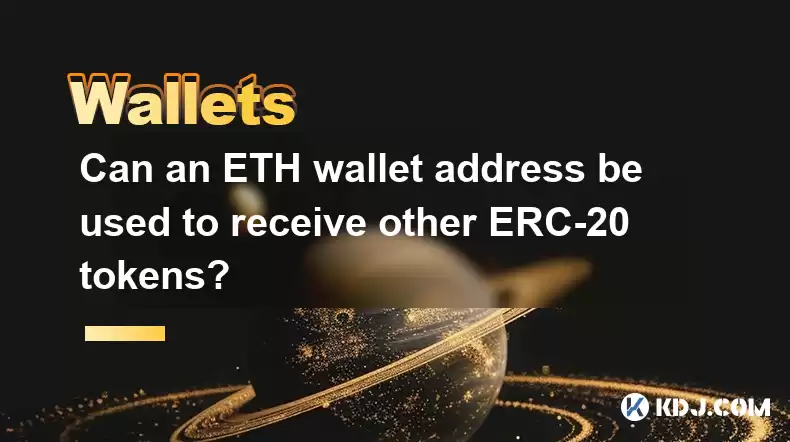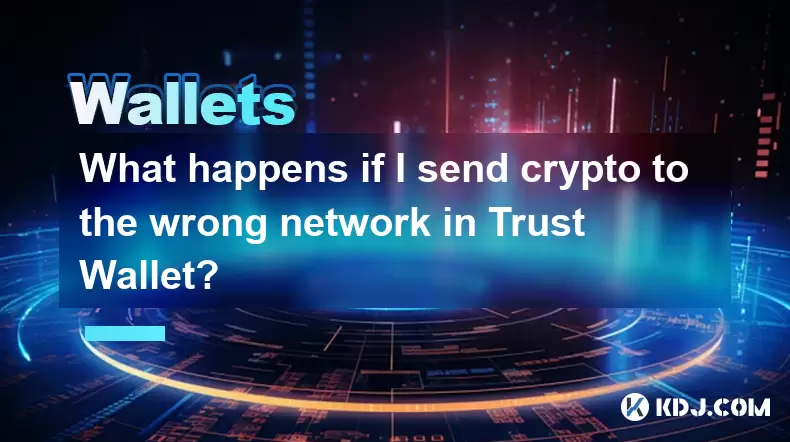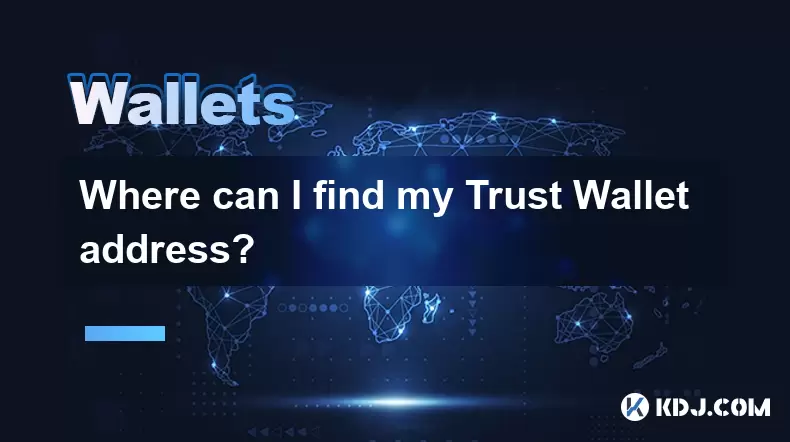-
 Bitcoin
Bitcoin $113900
-1.39% -
 Ethereum
Ethereum $3517
-4.15% -
 XRP
XRP $3.009
1.59% -
 Tether USDt
Tether USDt $0.9997
-0.04% -
 BNB
BNB $766.8
-1.41% -
 Solana
Solana $164.6
-2.38% -
 USDC
USDC $0.9998
-0.02% -
 TRON
TRON $0.3277
0.65% -
 Dogecoin
Dogecoin $0.2023
-1.67% -
 Cardano
Cardano $0.7246
0.05% -
 Hyperliquid
Hyperliquid $38.27
-4.77% -
 Sui
Sui $3.528
-0.52% -
 Stellar
Stellar $0.3890
-0.73% -
 Chainlink
Chainlink $16.16
-2.69% -
 Bitcoin Cash
Bitcoin Cash $539.9
-4.38% -
 Hedera
Hedera $0.2425
-2.00% -
 Avalanche
Avalanche $21.71
-0.97% -
 Toncoin
Toncoin $3.662
5.73% -
 Ethena USDe
Ethena USDe $1.000
-0.02% -
 UNUS SED LEO
UNUS SED LEO $8.964
0.35% -
 Litecoin
Litecoin $107.7
2.33% -
 Shiba Inu
Shiba Inu $0.00001223
-0.40% -
 Polkadot
Polkadot $3.617
-0.97% -
 Uniswap
Uniswap $9.052
-2.49% -
 Monero
Monero $295.1
-3.79% -
 Dai
Dai $0.9999
0.00% -
 Bitget Token
Bitget Token $4.315
-1.85% -
 Pepe
Pepe $0.00001060
0.11% -
 Cronos
Cronos $0.1342
-2.72% -
 Aave
Aave $256.0
-0.87%
Can an ETH wallet address be used to receive other ERC-20 tokens?
Yes, your ETH wallet address accepts ERC-20 tokens; they share the same Ethereum blockchain infrastructure. However, ensure your wallet supports the specific token and prioritize security best practices.
Mar 12, 2025 at 01:01 am

Key Points:
- Yes, an ETH wallet address can receive other ERC-20 tokens.
- ERC-20 tokens operate on the Ethereum blockchain, utilizing the same address structure as ETH.
- Understanding the differences between ETH and ERC-20 tokens is crucial for managing your assets.
- Security best practices remain vital regardless of the token type being received.
Can an ETH wallet address be used to receive other ERC-20 tokens?
The short answer is a resounding yes. An Ethereum (ETH) wallet address can indeed receive other ERC-20 tokens. This is because ERC-20 tokens are built on the Ethereum blockchain and utilize the same underlying infrastructure. Your ETH wallet address acts as a unique identifier on the Ethereum network, capable of holding not just ETH, but any token adhering to the ERC-20 standard. Think of it like a mailbox – you can receive different types of mail (different tokens) at the same address.
The Ethereum blockchain utilizes a system of addresses to identify accounts. These addresses are essentially cryptographic hashes representing the public key of a user's private key. When you create an ETH wallet, you are essentially generating a unique address on the Ethereum network. This address isn't specific to ETH; it's a general-purpose identifier within the Ethereum ecosystem.
ERC-20 is a technical standard that defines how tokens function on the Ethereum blockchain. It dictates how tokens are created, transferred, and managed. Since ERC-20 tokens use the same fundamental address structure as ETH itself, your ETH wallet address is fully compatible with receiving them. This interoperability is a key advantage of the Ethereum ecosystem, allowing for a diverse range of tokens to coexist and interact within the same network.
However, it's crucial to remember that while your ETH wallet address can receive ERC-20 tokens, it doesn't automatically mean your wallet software will be able to display or interact with all of them. Some wallets might require additional configuration or updates to support a specific ERC-20 token. Always check your wallet's compatibility with the token you intend to receive before initiating any transaction.
It's also important to differentiate between ETH and ERC-20 tokens. ETH is the native cryptocurrency of the Ethereum blockchain, while ERC-20 tokens are built on top of the Ethereum blockchain. They are distinct assets, even though they share the same underlying infrastructure for transactions. While you can use your ETH address to receive various ERC-20 tokens, the management and tracking of these different assets need to be done carefully. Keeping track of your ETH balance separately from your ERC-20 token balances is essential for proper accounting and risk management.
Receiving ERC-20 tokens into your ETH wallet is generally a straightforward process. You simply need the recipient address (your ETH wallet address) and initiate the transfer from the sender's wallet. The process is largely similar to sending and receiving ETH itself, although the specific steps may vary slightly depending on the exchange or platform you are using.
- Step 1: Obtain the recipient address (your ETH wallet address).
- Step 2: On the sending platform, input the recipient address and the amount of ERC-20 tokens to be sent.
- Step 3: Confirm the transaction, paying attention to any associated network fees.
- Step 4: Wait for the transaction to be confirmed on the Ethereum blockchain. This may take some time depending on network congestion.
Remember that security remains paramount. Always double-check the recipient address before initiating any transaction. Using a reputable wallet and exchange is crucial to protect your assets. Never share your private keys with anyone, and be wary of phishing attempts or malicious websites.
Frequently Asked Questions:
Q: Can I use a different type of wallet to receive ERC-20 tokens?
A: While an ETH wallet address is sufficient, some wallets specialize in managing ERC-20 tokens and offer better visualization and management tools. Choosing a wallet depends on your needs and technical comfort level.
Q: What if my wallet doesn't display my received ERC-20 tokens?
A: Some wallets require manual addition of custom tokens. You'll usually need the token's contract address to add it to your wallet's list of supported tokens.
Q: Are there any fees associated with receiving ERC-20 tokens?
A: Generally, there are no fees for receiving ERC-20 tokens. However, the sender might incur transaction fees (gas fees) on the Ethereum network to initiate the transfer.
Q: Is it safe to receive ERC-20 tokens in my ETH wallet?
A: It's generally safe, provided you use a reputable wallet and practice good security habits. Always verify the sender's address and be cautious of unsolicited token transfers.
Q: Can I send ERC-20 tokens from my ETH wallet?
A: Yes, provided your wallet supports the specific ERC-20 token you wish to send. The process is similar to sending ETH, but you will select the specific ERC-20 token you wish to transfer.
Q: What happens if I receive a token I don't recognize?
A: Exercise caution. Research the token thoroughly before interacting with it. Unsolicited tokens could potentially be malicious or scams. It's best to avoid interacting with tokens you don't understand.
Disclaimer:info@kdj.com
The information provided is not trading advice. kdj.com does not assume any responsibility for any investments made based on the information provided in this article. Cryptocurrencies are highly volatile and it is highly recommended that you invest with caution after thorough research!
If you believe that the content used on this website infringes your copyright, please contact us immediately (info@kdj.com) and we will delete it promptly.
- Bitcoin Strategy: Saylor's Not Hoarding, He's Building an Empire
- 2025-08-02 22:30:12
- Bitcoin Bloodbath: Macro Pressures and Liquidations Unleash Crypto Chaos
- 2025-08-02 22:30:12
- Worldcoin, Identity, WLD Price: Decoding the NYC Crypto Buzz
- 2025-08-02 21:10:12
- Shiba Inu: Utility and Community Strength Drive Crypto's Evolution
- 2025-08-02 21:50:12
- Crypto Donations, Trump PAC, and Bitcoin: A New York Minute on Political Coin
- 2025-08-02 20:30:12
- Crypto Market Under Pressure: Bearish Momentum and Rising Volatility Take Hold
- 2025-08-02 20:30:12
Related knowledge

What is a watch-only wallet in Trust Wallet?
Aug 02,2025 at 03:36am
Understanding the Concept of a Watch-Only WalletA watch-only wallet in Trust Wallet allows users to monitor a cryptocurrency address without having ac...

How to switch between networks in Trust Wallet?
Aug 02,2025 at 12:36pm
Understanding Network Switching in Trust WalletSwitching between networks in Trust Wallet allows users to manage assets across different blockchains s...

How to check my full transaction history on Trust Wallet?
Aug 02,2025 at 09:24am
Understanding Transaction History in Trust WalletTrust Wallet is a widely used non-custodial cryptocurrency wallet that supports a broad range of bloc...

Why is my Trust Wallet balance zero?
Aug 02,2025 at 03:49am
Understanding Trust Wallet Balance Display IssuesIf you're seeing a zero balance in your Trust Wallet despite knowing you've previously received or se...

What happens if I send crypto to the wrong network in Trust Wallet?
Aug 02,2025 at 07:22pm
Understanding Network Compatibility in Trust WalletWhen using Trust Wallet, it's essential to understand that different cryptocurrencies operate on di...

Where can I find my Trust Wallet address?
Aug 02,2025 at 06:07pm
Understanding Your Trust Wallet AddressYour Trust Wallet address is a unique identifier that allows others to send you cryptocurrency. It is a string ...

What is a watch-only wallet in Trust Wallet?
Aug 02,2025 at 03:36am
Understanding the Concept of a Watch-Only WalletA watch-only wallet in Trust Wallet allows users to monitor a cryptocurrency address without having ac...

How to switch between networks in Trust Wallet?
Aug 02,2025 at 12:36pm
Understanding Network Switching in Trust WalletSwitching between networks in Trust Wallet allows users to manage assets across different blockchains s...

How to check my full transaction history on Trust Wallet?
Aug 02,2025 at 09:24am
Understanding Transaction History in Trust WalletTrust Wallet is a widely used non-custodial cryptocurrency wallet that supports a broad range of bloc...

Why is my Trust Wallet balance zero?
Aug 02,2025 at 03:49am
Understanding Trust Wallet Balance Display IssuesIf you're seeing a zero balance in your Trust Wallet despite knowing you've previously received or se...

What happens if I send crypto to the wrong network in Trust Wallet?
Aug 02,2025 at 07:22pm
Understanding Network Compatibility in Trust WalletWhen using Trust Wallet, it's essential to understand that different cryptocurrencies operate on di...

Where can I find my Trust Wallet address?
Aug 02,2025 at 06:07pm
Understanding Your Trust Wallet AddressYour Trust Wallet address is a unique identifier that allows others to send you cryptocurrency. It is a string ...
See all articles

























































































